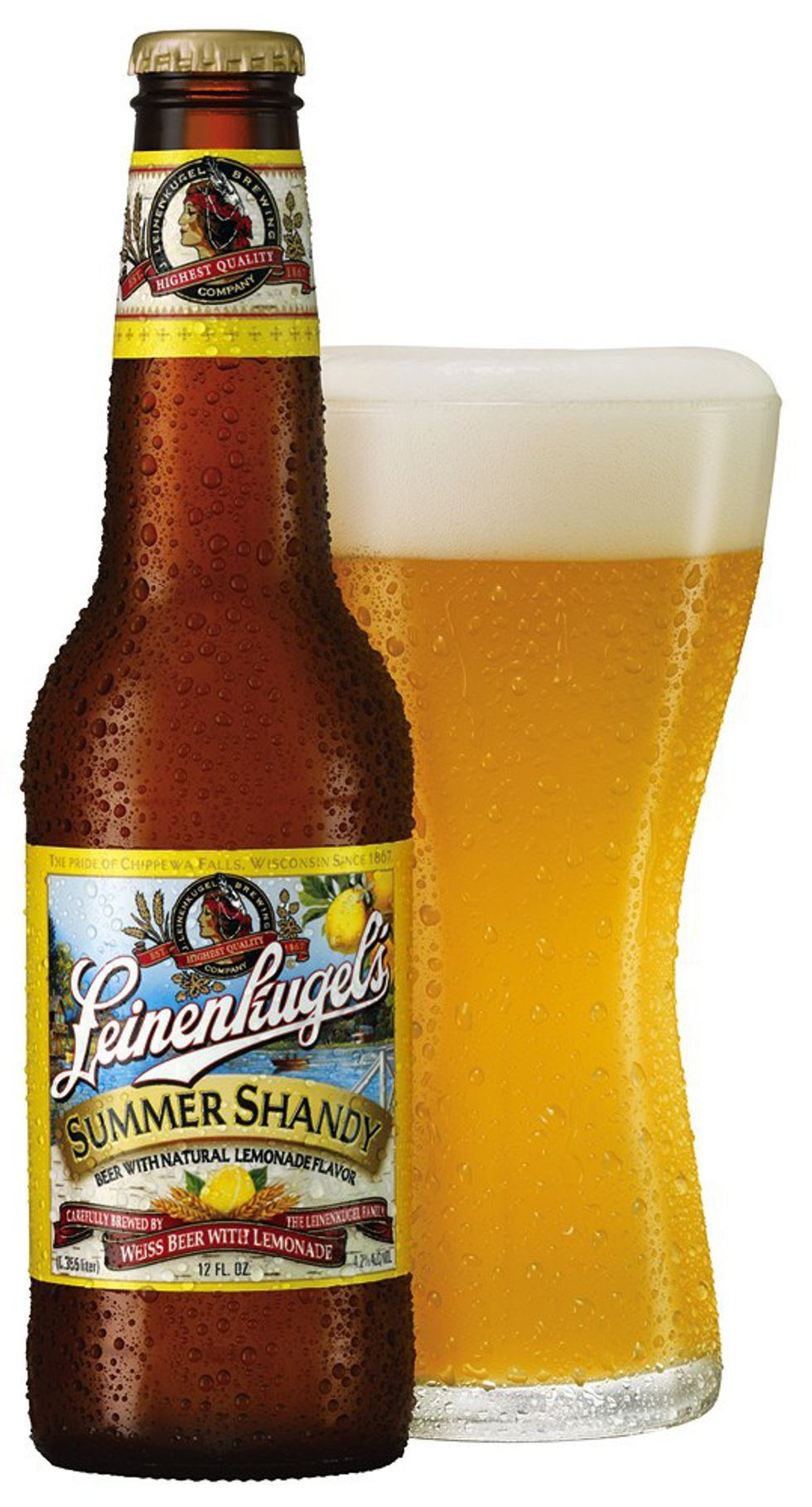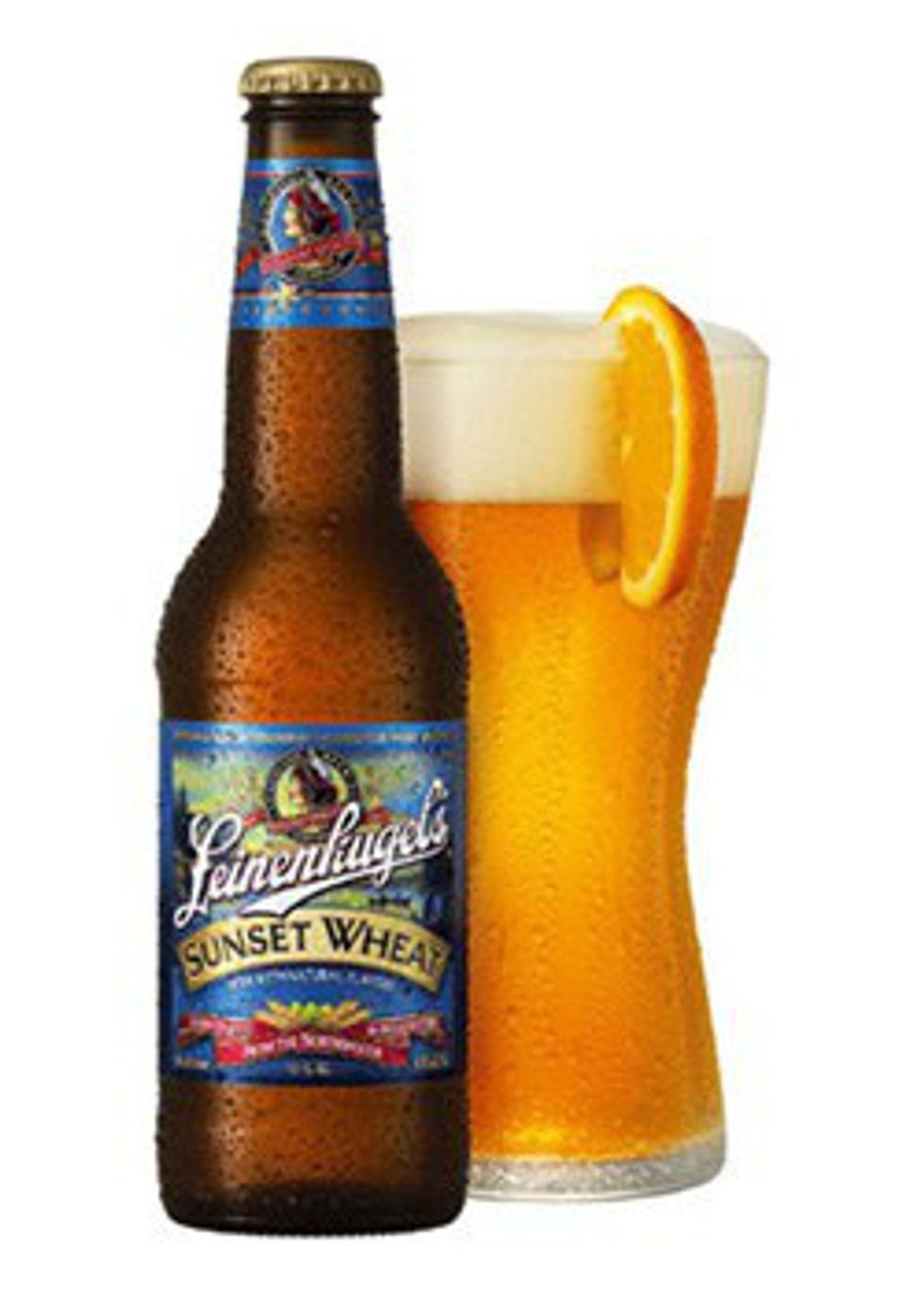Through reporter Deborah Davies’s feature, “Torture in American Prisons” and Susan Greene’s film, “The Gray Box,” I will examine the following question: What classifies as force in some states?
But first, how does one define prison and jail? For as long as humanity has known, prison incarcerates people for their crimes. A jail is no different. It confines those accused or convicted of crimes. But with the many cases that have emerged and continue emerging, there seems to be a consistent pattern of violence in countless prisons.
How does this change the dynamics of prison life? What fosters the mistreatment of these prisoners? How far do correctional officers go in punishing and tormenting them? And though these criminals, as one calls them, are punished for their crimes, to what extent are they being punished? And how exactly should they pay their punishment?
To explore this prison dynamic, I would like to delve into the year 2000, in Brazoria, TX, which has a population of about 3,000 people — and where torture seems to never end. In Brazoria County Jail and in many American states, prison guards are required to do video raids so they can prove there is no excessive force being committed, explains Davies in her film.
The prison guards are brutishly strip-searching the inmates and kicking them to the floor, but they are not physically abusing them. Therefore, there is no excessive force. But the manner in which the guards are strip-searching and barging into the cell blocks brings what is deemed an excessive force into question.
Aaron Griffon, a former prisoner of the county jail, says that some of the guards go into inmate cells, viciously pulls them out, strip-search them, and curse at them. Some guards take advantage of their roles and enjoy torturing the prison inmates, Griffon says. But this prison abuse passes limits and boundaries.
In fact, most of the inmates rely on lawyers because of their serious health conditions. For instance, Frank Carlson, a lawyer, reveals that one of his clients received a broken ankle and because he cannot walk or cross anywhere, guards drag him all over the floor. But that’s not all: others, are zapped on their behind several times with tasers or stun guns.
Correctional officers, however, have used other methods such as electric cattle prods and dogs to subdue prisoners.
Davies depicts how two officers were sent to prison for torturing the inmates and how most inmates received compensation, which is something that rarely happened.
As for Brazoria, it wasn’t really forgotten for a good four years until reports shared how prisoners were really being treated at the county jail. In fact, there are inmates dying after being shackled, youths struck or pounded by guards. Or, as Davies says, “Beaten to a pulp in a hidden world of astonishing violence.”
Another case takes place in Northern Florida, in the small town of Starke, with a population of a little over 5,000 people. As for the local economy, it depends on five of the state prisons around the town. Most families have someone working inside the prisons and prisoners working to clean and maintain the town.
In its two high security prisons, however, most inmates are sent to solitary confinement.
Christopher Jones, another lawyer, discusses what it feels like to be secluded and held in solitary confinement. He says there is an unbelievable din of noise, it smells like sewage and urine, and it is extremely hot.
Another former prisoner, Mitch Scott says that usually, the cell is of about nine feet by seven and that’s only if one is lucky. As far as the cell goes, the walls are white, the sinks and toilets are within the room itself, and the inmate is there for months or even years.
In Scott’s case, he was held in solitary for several years, but claims he spent most of his time reflecting on everything and anything. And surely, there were days he thought of giving up. There was no one to talk to or nothing he could do, but Scott managed his way through.
To further analyze this, I would like to refer to John Kiriakou’s article, “Let’s End Torture in U.S. Prisons.” Kiriakou claims that most people, especially those who’ve been held in solitary confinement call it "living death." Usually, these cells are of about six feet by 10, which is also about the same measure Scott mentioned.
Nevertheless, it is important to note that many of the state prison systems use solitary confinement as a way to destroy the inmates and to some degree, punish them by taking their lives. In fact, most prisoners experience some type of distress, anxiety, paranoia, depression, and the list goes on.
In “The Gray Box,” however, Katherine Sanguinetti, director of public relations in the Colorado Department of Corrections, says administrative segregation is used on the most disruptive and violent criminals because they prove not to be safe in general population. Whoever assaults officers or other offenders prove that they cannot follow basic rules in prison. But Sanguinetti fails to mention that the prisoners who go into solitary are not all dangerous. As for Lisa Guenther, a philosophy professor from Kiriakou’s article, she insists solitary can drive inmates insane. If they are alone and have no human contact or interaction with anyone except themselves, chances are they can go crazy.
But despite this, many are unaware of the misperceptions of solitary confinement. It is not only used on the most dangerous inmates, as Sanguinetti pointed out. In fact, in Jean Case and James Ridgeway’s article, “‘The Gray Box’: Must-Read Article,” they say that approximately 80,000 Americans show no record of violence either inside or outside prison and they are living in seclusion.
Another misperception is the belief that inmates are locked up for a few days, a few weeks, or a few months. The reality, however, is that most are actually held in for several years or decades. Brian Nelson, a prisoner who was convicted of murder and armed robbery, was placed in solitary confinement for 23 years out of his 28 year sentence.
But this isn't always the case. Some can be locked in for sixteen hours or for a day. And the truth is they can get locked up for insolence and investigation. This means the officer can lock up the prisoner for whatever reason. They don’t care. If the prisoner talks back to a guard, then to solitary they go. If they take long to eat their meal, then to solitary they go.
What about the prisoner’s experience while in solitary? Imagine spending a weekend locked up in a bathroom, where at least, there is a window and you can see some parts of the outside, but you are alone and there is no electronic devices? That’s what a prisoner in solitary goes through times 100.
In solitary, prisoners are not only confined to a room, but they have no television or radio. Some are lucky enough to even have something they can preoccupy themselves with. Vicente Rodriguez, a prisoner convicted of murder, spent about 11 years in solitary. He said that he counted the bricks and crevices on the wall including the perforation in the door and in the vents.
As for Nelson, he preoccupied himself with the bible. He copied the bible word for word. He did it for his sanity and for his beliefs. He claims it was the only way he could kill time, but out of the 23 years in solitary, it took him a year and nine months to finish copying it. He even counted the number of pages, a total of 4,284 pages long.
Robert Felton, a former prisoner convicted of armed robbery, theft and unlawful restraint, says that during his seven and a half years in solitary, he made friends — spiders. He’d get a bottle, place them inside, and name them. To kill time, he used a chessboard that he made out of paper and pieces of toilet paper to play chess with himself. That’s what made sense to Felton.
By far, Rodriguez has the most interesting case. He not only counted the crevices on the walls, but in order to relief stress, he relied on his artwork. Because there were no colors such as markers or crayons available to him, he used color folders and skittles instead. He was able to draw and paint at his leisure.
Despite the issues concerning solitary, in January 2016, President Barack Obama banned solitary confinement for prisoners under the age of eighteen. And although he ordered new limits on the amount of time a prisoner be kept and trapped alone in solitary, not much has been done by state prison systems.




 StableDiffusion
StableDiffusion
 StableDiffusion
StableDiffusion

 File:Blake ancient of days.jpg - Wikimedia Commons
File:Blake ancient of days.jpg - Wikimedia Commons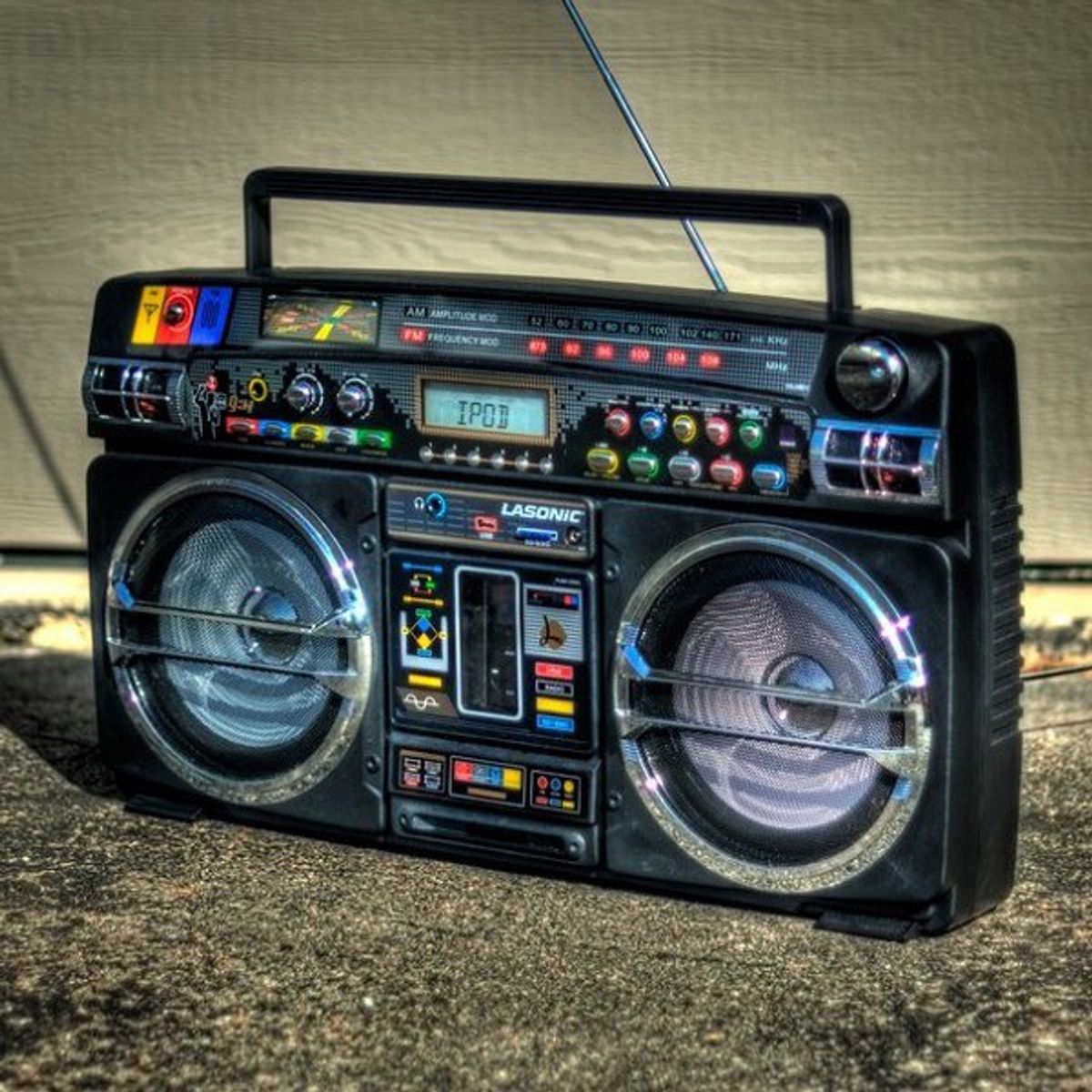







 woman in white shirt leaning on yellow wall
Photo by
woman in white shirt leaning on yellow wall
Photo by  pancakes with syrup
Photo by
pancakes with syrup
Photo by  person in brown knit sweater
Photo by
person in brown knit sweater
Photo by  a person sitting on a couch with a laptop
Photo by
a person sitting on a couch with a laptop
Photo by  woman in black and white floral dress sitting on red car hood during daytime
Photo by
woman in black and white floral dress sitting on red car hood during daytime
Photo by  a person holding a cell phone in their hand
Photo by
a person holding a cell phone in their hand
Photo by  high angle photo of cityscape
Photo by
high angle photo of cityscape
Photo by  woman covering eyes with hand
Photo by
woman covering eyes with hand
Photo by  smiling woman wrapped with white headscarf
Photo by
smiling woman wrapped with white headscarf
Photo by  Good hair | Jamie | Flickr
Good hair | Jamie | Flickr mmm coffee | We found a good coffee place on the island. Act… | Flickr
mmm coffee | We found a good coffee place on the island. Act… | Flickr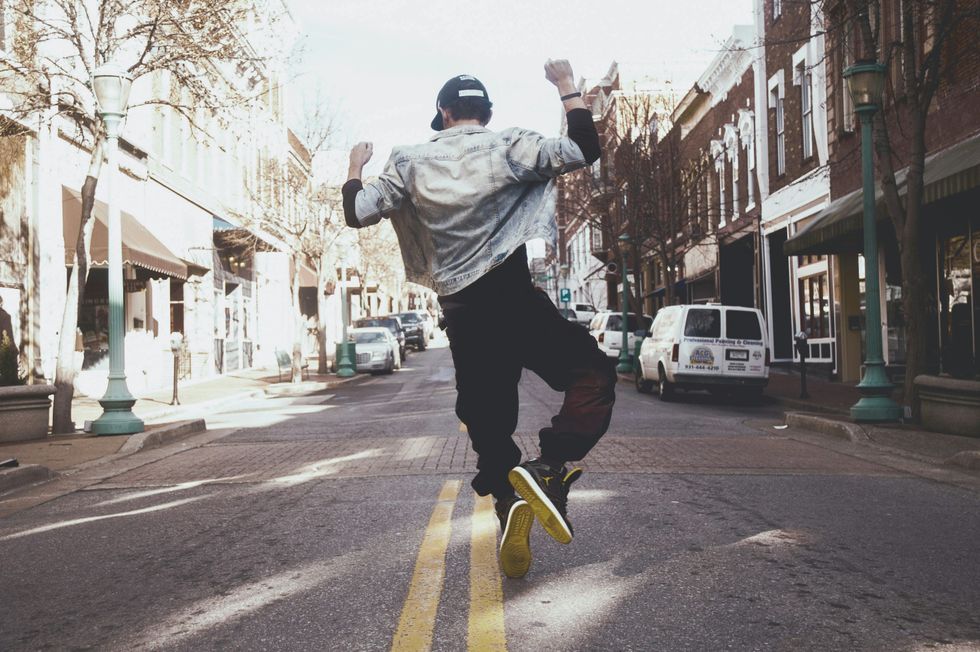 man jumping on the middle of the street during daytime
Photo by
man jumping on the middle of the street during daytime
Photo by  person jumping on big rock under gray and white sky during daytime
Photo by
person jumping on big rock under gray and white sky during daytime
Photo by  a bowl of guacamole next to a bowl of tortilla chips
Photo by
a bowl of guacamole next to a bowl of tortilla chips
Photo by  two women sitting on a couch in a living room
Photo by
two women sitting on a couch in a living room
Photo by  cooked food on black bowl
Photo by
cooked food on black bowl
Photo by 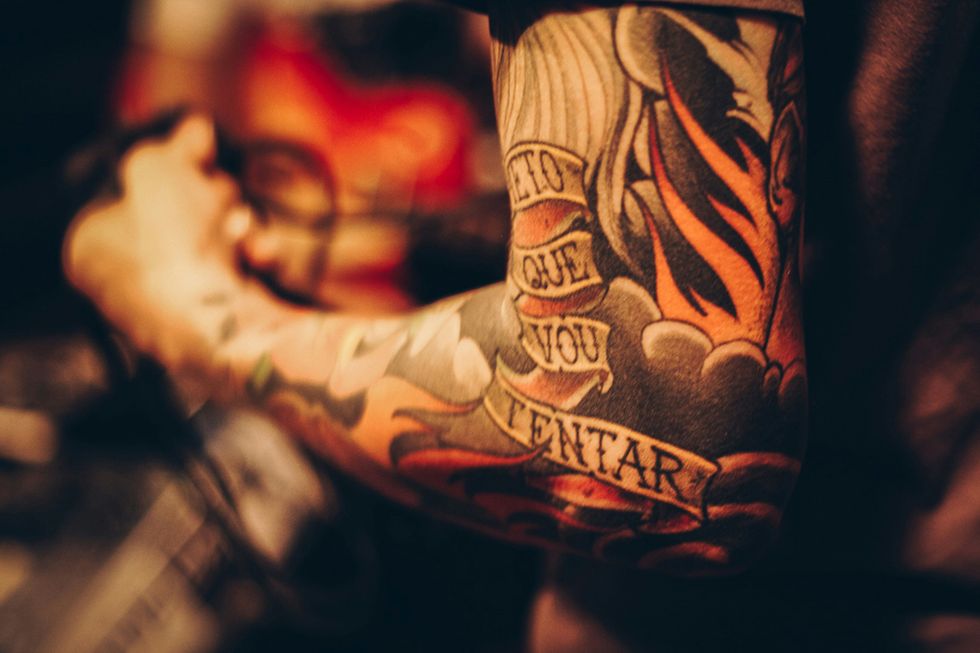 men's arm tattoo
Photo by
men's arm tattoo
Photo by  a group of trees with orange leaves
Photo by
a group of trees with orange leaves
Photo by  The butterflies in the stomach... | Check out my blog! www.p… | Flickr
The butterflies in the stomach... | Check out my blog! www.p… | Flickr two bread with sauce in box
Photo by
two bread with sauce in box
Photo by  a couple of young girls standing next to a tent
Photo by
a couple of young girls standing next to a tent
Photo by 

